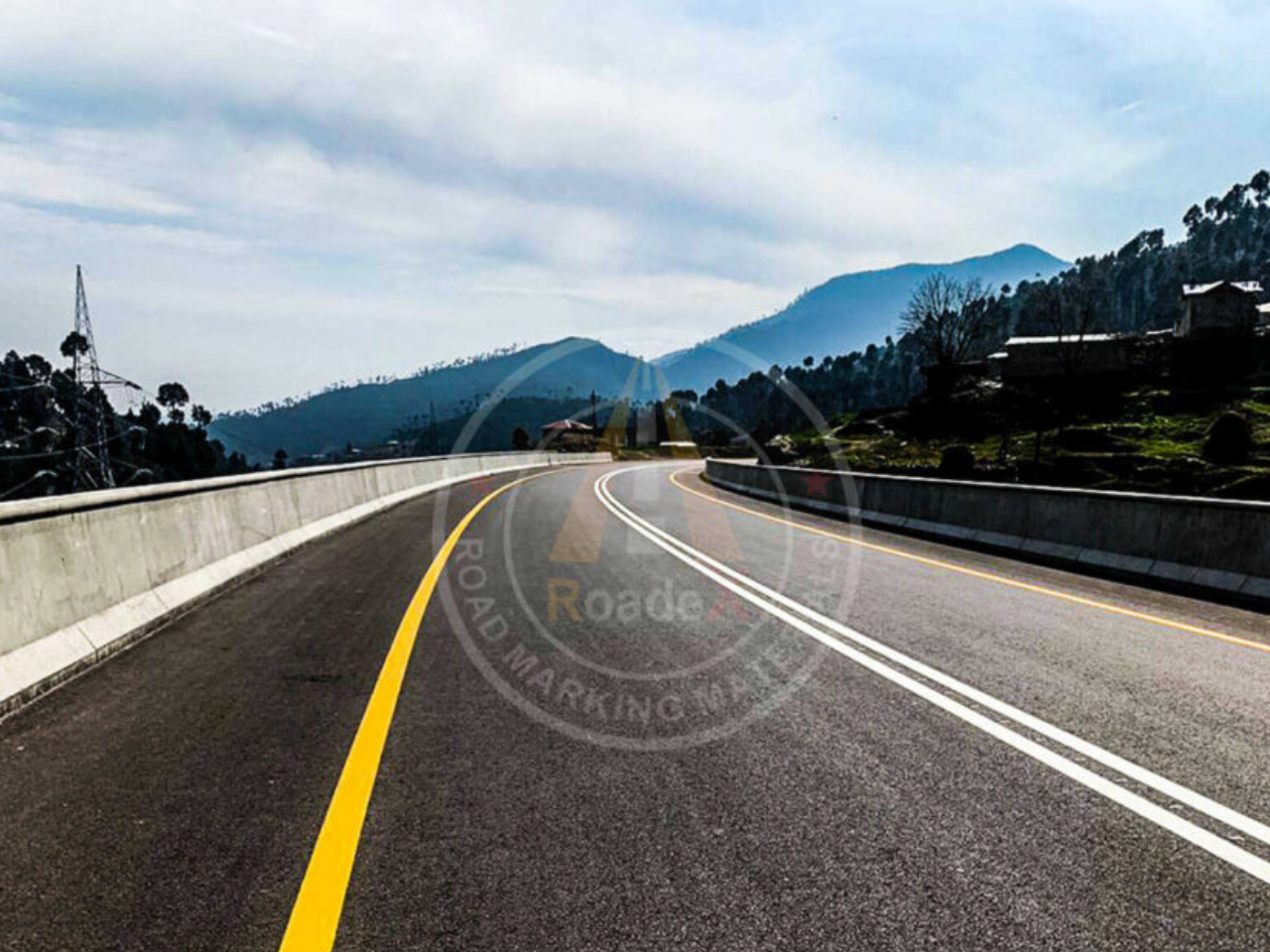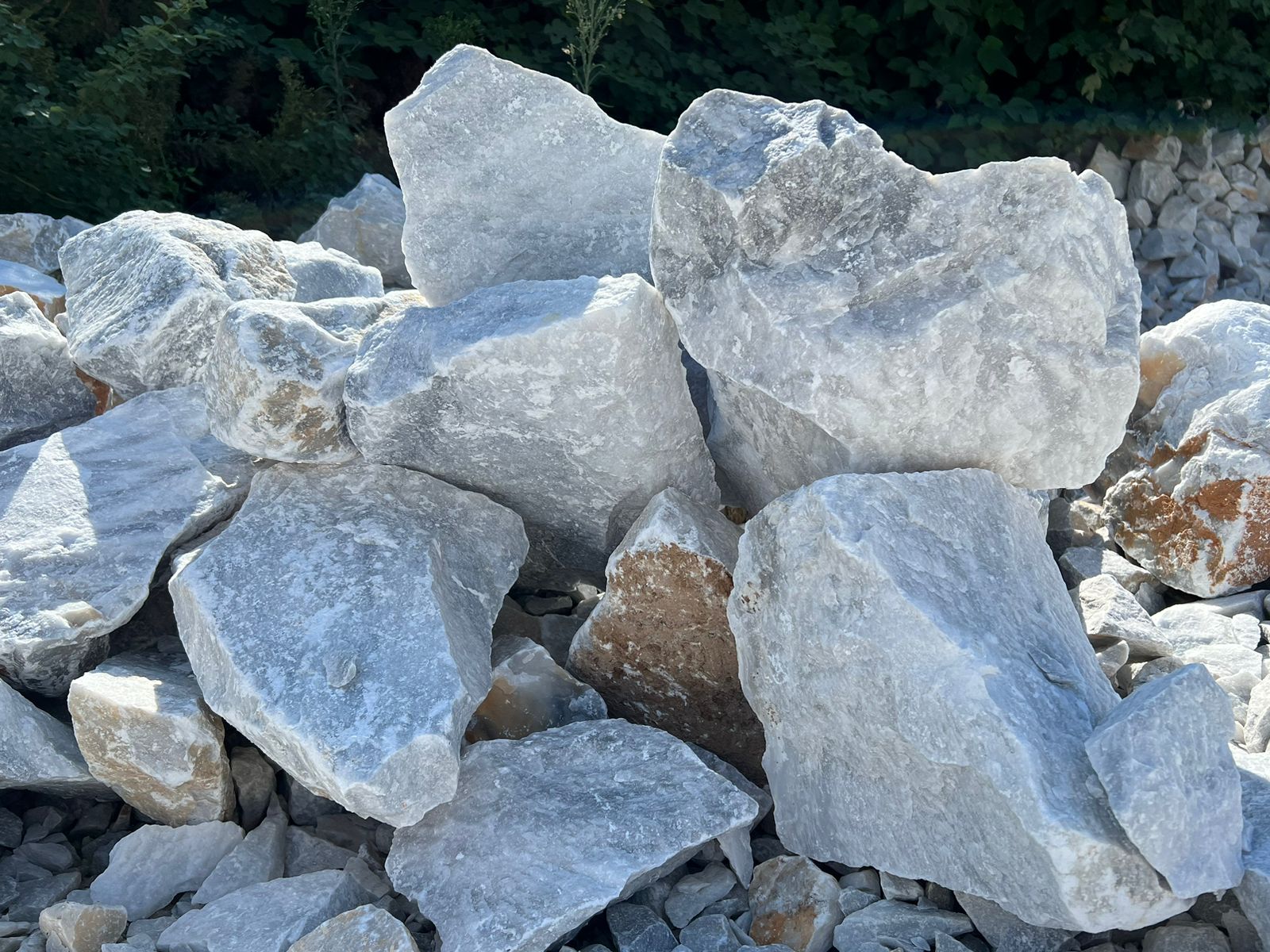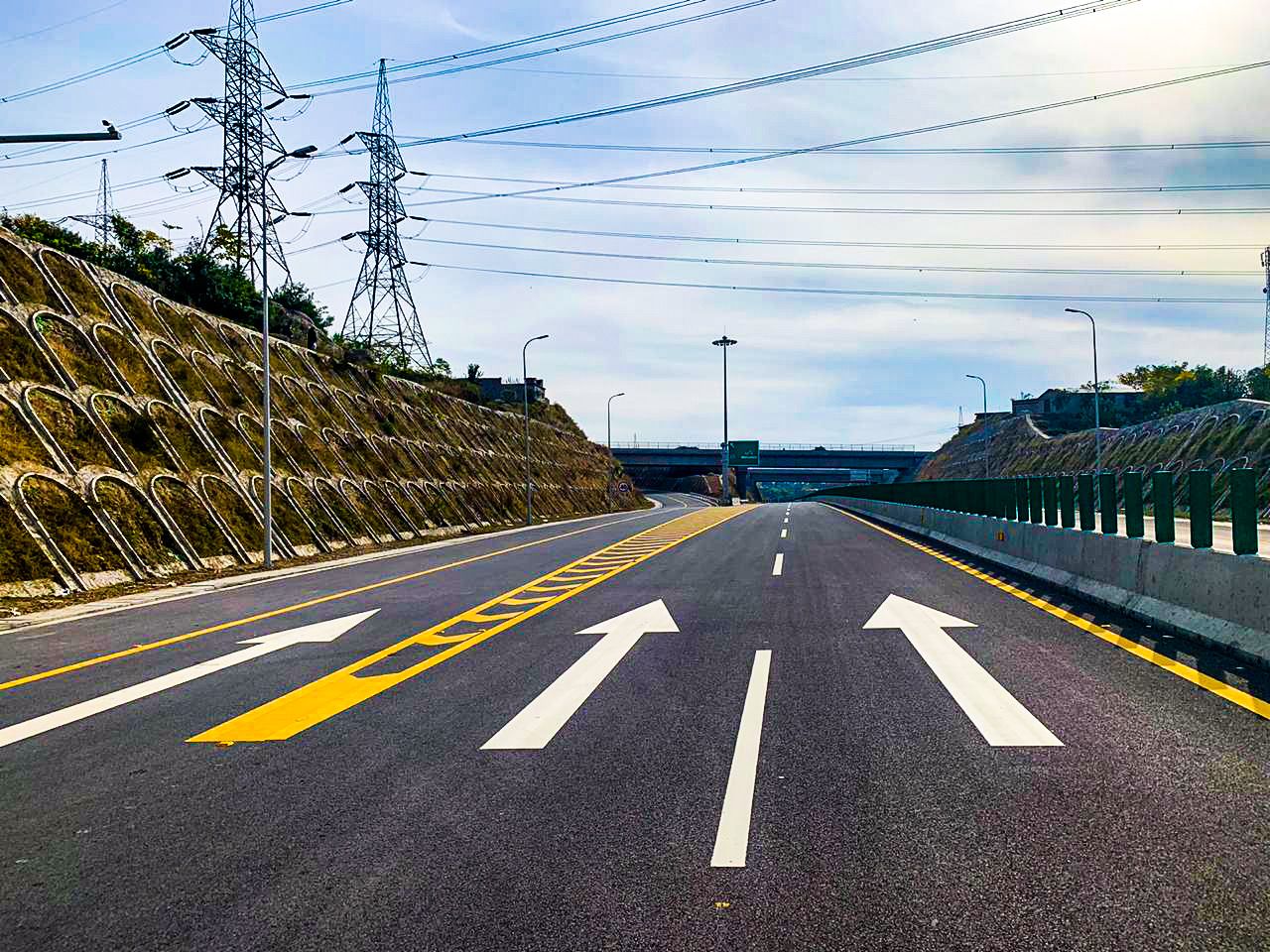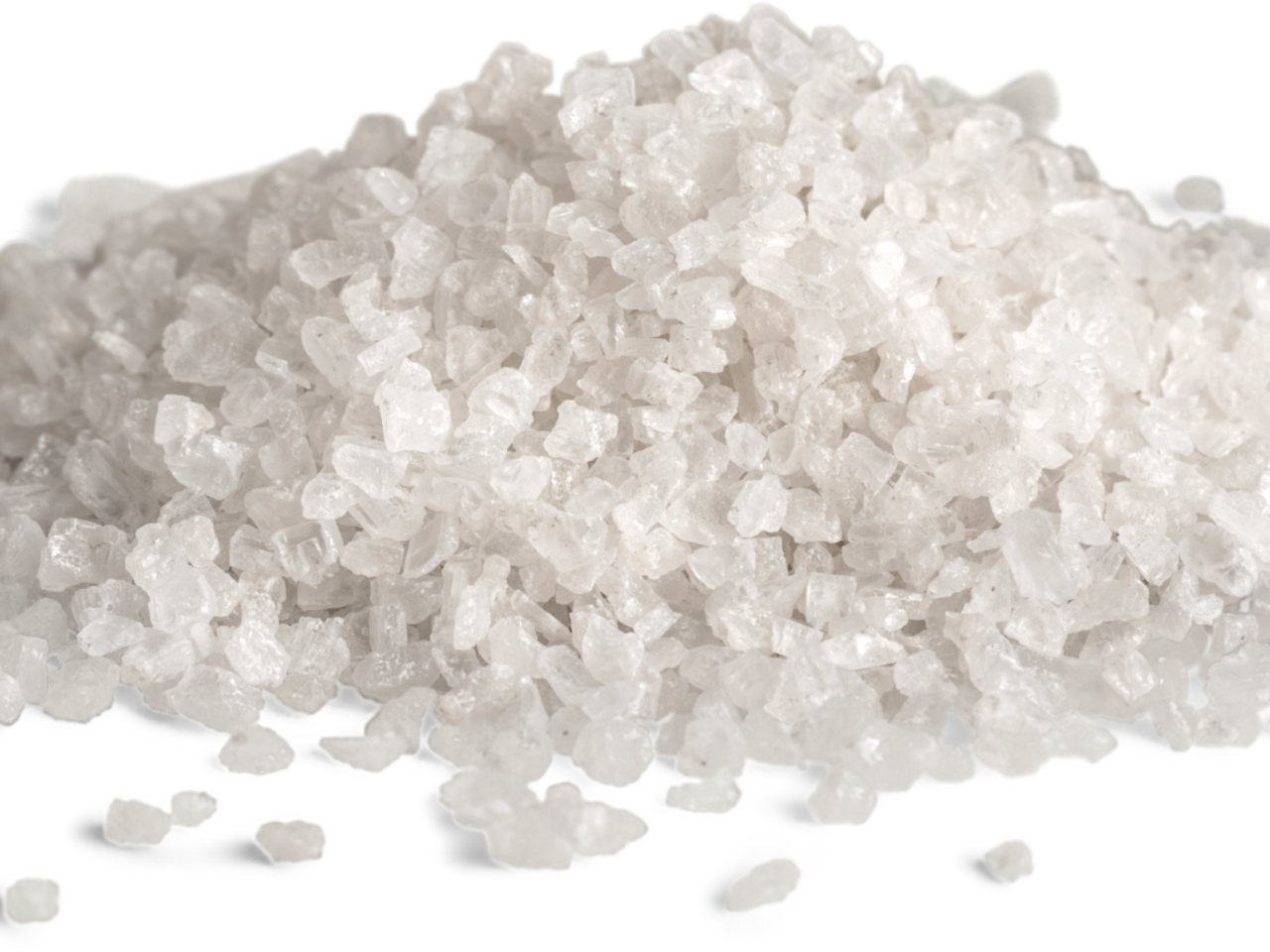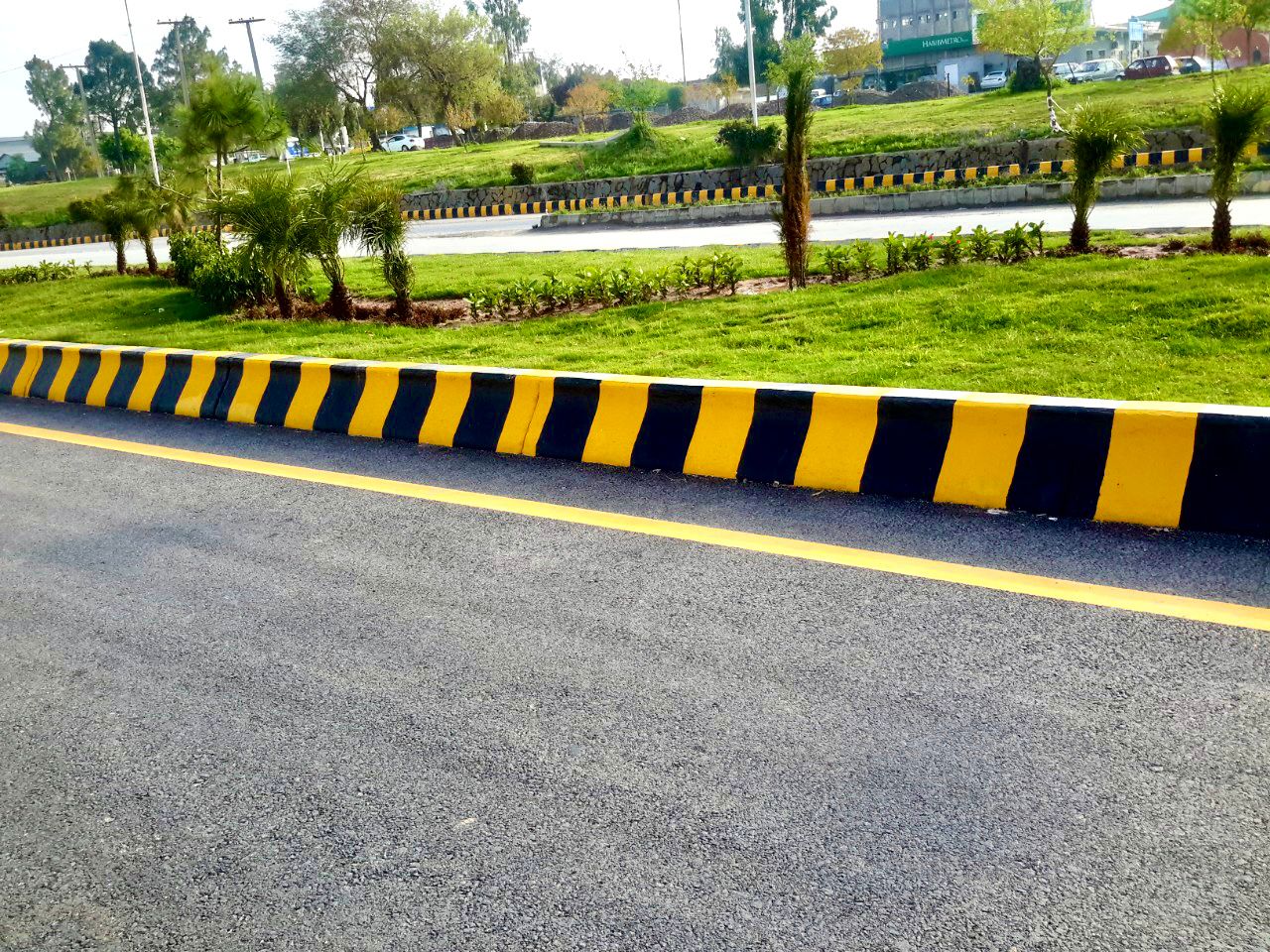Water paint or water-based road marking paint is used for marking and painting road surfaces. Water-based road marking paints use water as the main solvent. It is different from solvent-based paints, which use organic solvents as a base.
These paints are formulated to be environmentally friendly and have lower levels of volatile organic compounds (VOCs), making them less harmful to both human health and the environment.
History of Water Paint
The development of water-based paints, including those used for road markings, is part of the broader history of paint technology. While the specific history of water-based road marking paints may not be as extensively documented as general paint history, we can trace the evolution of water-based paints in a broader context:
The history of water-based paints extends back to ancient times when early civilizations used natural ingredients like clay, berries, and flowers to create their own paints. As commercial pigments became available, individuals mixed these pigments with various binders to produce their paints. Binders in the early days included substances like animal fat, cow’s milk, and eggs.
A significant development occurred in 1865 when D.P. Flinn received the first patent for a water-based paint. Flinn’s formula combined water with potassium hydroxide, zinc oxide, milk, resin, and linseed oil. Over the following decades, manufacturers continued to refine paint formulations.
In the 1940s, the paint industry underwent a revolution with the introduction of latex. This synthetic polymer transformed the production of water-based paints, providing higher quality and improved applicability.
Water-based road marking paints, benefiting from these historical developments, became more prominent as environmental and health concerns grew. Governments and organizations embraced water-based formulations for road markings, leveraging advancements in polymer chemistry and adhering to stricter regulations on volatile organic compound (VOC) emissions. Today, water-based road marking paints are recognized for their environmental friendliness, lower VOC content, and contributions to road safety.
Growth in the 20th Century
The 20th century saw significant developments in paint technology. With concerns about the environmental and health impacts of solvent-based paints, researchers and manufacturers began exploring alternative formulations. Water-based paints gained popularity during this time due to their lower VOC content and reduced environmental impact.
The development of synthetic polymers played a crucial role in the improvement of water-based paints. Acrylic and latex-based polymers became key components in water-based paint formulations, providing better adhesion, durability, and versatility.
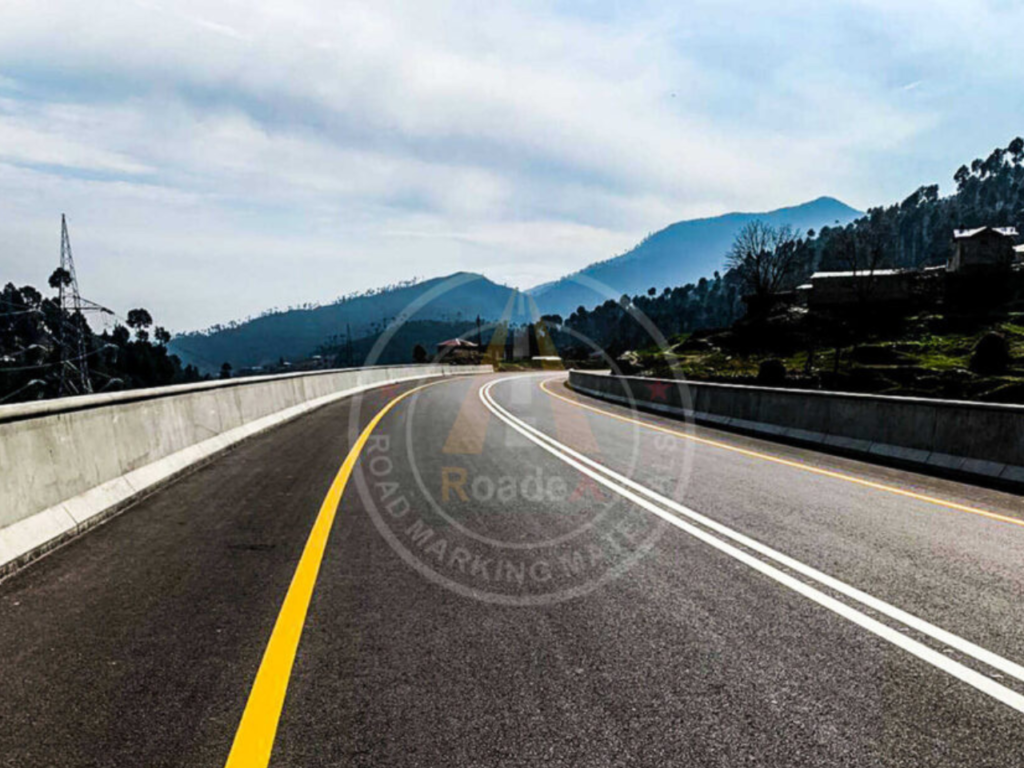


Application of Road paint in Road Markings
As the environmental and health benefits of water-based paints became apparent, their use extended to road markings. Governments and organizations started adopting water-based road marking paints to reduce the environmental impact of road maintenance activities and promote safety.
Increasing awareness of environmental issues and the implementation of stricter regulations on VOC emissions further accelerated the adoption of water-based paints. Governments and industry bodies around the world began encouraging or mandating the use of environmentally friendly paints in various applications, including road markings.
The formulation of water-based paints continues to evolve with ongoing research and technological advancements. Modern water-based road marking paints are designed to meet specific performance criteria, ensuring visibility, durability, and compliance with safety standards.
Characteristics of Water Paint
Key characteristics of water-based road marking paint include:
- Water solubility
- Low VOC content
- Durability
- Quick drying
- Environmental friendly
- Full range of color options
- Easy application and easy clean-up
- More flexible; tolerant of surface expansion and contraction without cracking
- Excellent UV durability
- Resistant to chalking and color fade
- Less odor
Benefits of Using Water Paint for Road Marking
Using water-based paint for road marking offers several benefits, contributing to both environmental sustainability and effective road safety measures.
Water Paint is Environmental Friendly
Water-based paints typically have lower volatile organic compound (VOC) content compared to solvent-based paints. This results in reduced air pollution and minimizes the environmental impact of road maintenance activities.
Health and Safety
Lower VOC emissions are not only environmentally friendly but also contribute to improved air quality, reducing potential health risks for both road maintenance workers and the general public.
Quick Drying and Reduced Disruption
Water-based paints often dry more quickly than solvent-based alternatives. This allows for faster completion of road marking projects and minimizes disruption to traffic flow.
Adhesion
Advancements in polymer chemistry, with the use of acrylic and latex-based polymers, contribute to enhanced adhesion of water-based paints on various road surfaces.
Durability
Modern water-based road marking paints are formulated to withstand weather conditions and heavy traffic, ensuring long-lasting and visible road markings.
Versatility
Water-based paints can be applied using various methods such as spray, brush, or roller, providing flexibility in application techniques. The paints are generally easier to handle, and tools can be cleaned with water, simplifying the overall application process.
Compliance with Regulations
Many regions have implemented regulations to reduce the environmental impact of paint products. Water-based road marking paints often meet or exceed these regulatory standards, making them a preferred choice.
Cost-Effectiveness
Water-based paints might have a slightly higher upfront cost, but the long-term benefits, such as reduced maintenance needs and improved durability. Hence this can result in overall cost savings.
Enhanced Visibility
Water-based road marking paints can be formulated to provide high visibility, particularly during nighttime or adverse weather conditions. This results in enhanced road safety.
In conclusion, water paint, particularly water-based road marking paint, presents a sustainable and environmentally friendly solution for road markings. Water paint used for road marking, represent a pivotal advancement in paint technology.

